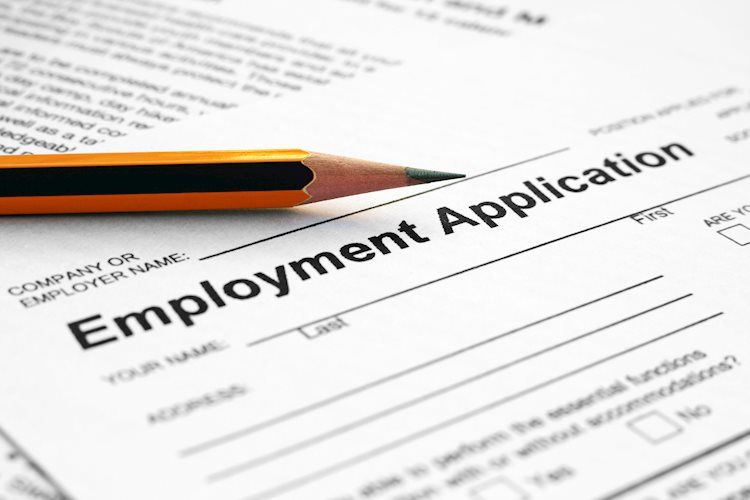The number of US citizens applying for unemployment insurance benefits has increased according to recent data released by the US Department of Labor. Initial Jobless Claims rose by 238K in the week ending June 29, exceeding initial estimates and the previous week’s gain. Continuing Jobless Claims also saw an increase, reaching nearly 1.850M in the week ended June 22.
The advance seasonally adjusted insured unemployment rate was reported at 1.2% with a 4-week moving average of 238.50K, representing an increase from the previous week’s average. These numbers highlight the ongoing challenges in the job market and the impact of economic factors on employment trends.
In response to the data, the US Dollar Index (DXY) has maintained a bearish stance, hovering around the mid-105.00s. This is taking place amidst a firm improvement in the risk-associated galaxy, indicating a cautious outlook on the economic landscape.
As the job market continues to face challenges and uncertainty, it is essential for policymakers and stakeholders to closely monitor these trends and implement targeted strategies to address the issue of rising unemployment claims. This data serves as a critical indicator of the health of the economy and the need for proactive measures to support job growth and stability.
The increase in unemployment claims reflects the broader economic challenges facing the US and underscores the need for comprehensive solutions to address the underlying issues contributing to job losses. As the situation evolves, it will be important to closely monitor these trends and take decisive action to support workers and businesses affected by the ongoing economic disruptions.
Overall, the rise in initial and continuing jobless claims highlights the ongoing impact of economic factors on the labor market. With the US Dollar Index maintaining a bearish stance and economic risks remaining elevated, it is crucial for policymakers to implement targeted measures to support job creation and economic recovery. By addressing these challenges head-on, stakeholders can work towards a more resilient and sustainable path forward for the US economy.









